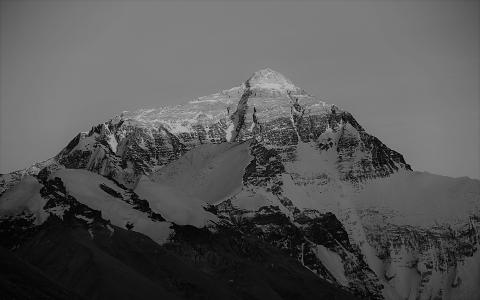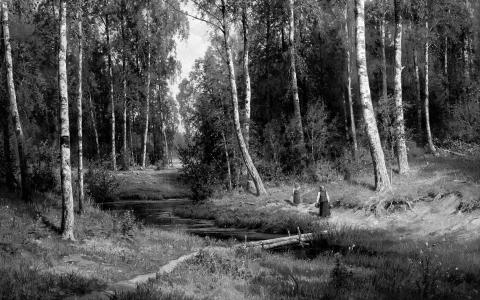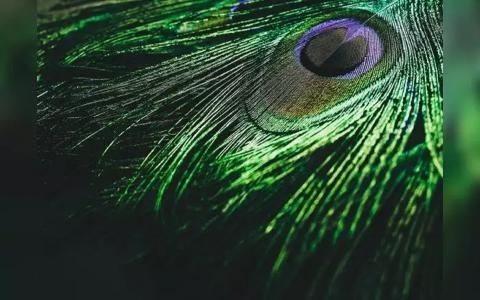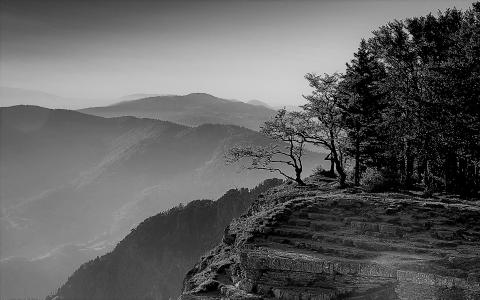May 2024

The play Cārudatta (also called Daridra-cārudatta) is based on stories popular in the folk tradition. The play has a significant place in the history of Sanskrit drama for various reasons. The story of the play is not based on the purāṇas. It is a social play and deals with the lives of the common men. It is not the story of a king or a youth. Cārudatta depicts the life of a person who was economically poor but rich in his character; the...

गुप्त वंश का स्वर्णिम युग
यह पहले ही उल्लेख किया जा चुका है कि क्षत्रियता के गुण में आनुवांशिकता का अधिक महत्त्व नहीं है। तथाकथित धर्मनिरपेक्षतावादी इतिहासकारोने इतिहास के इस तथ्य को जानबूझ कर छिपाते हुए यह षडयंत्रकारी प्रचार किया कि ब्राह्मणों तथा क्षत्रियों ने मिलकर अन्य वर्णों के प्रति भेदभाव करते हुए उनका दमन किया। इसका सत्य से दूर का भी संबंध नही है तथा इस आरोप का कोई आधार नहीं है।
गुप्ता लोगों का संबंध वैश्य वर्ण से है। विश्व, वैश्य, वेश...

The result of human love is also the same. When a mother feeds her baby, dresses it up, and cuddles it, what does she expect in return? She only desires for her baby to accept her love, nothing else. The joy of the baby is her reward. This is the bliss of Dvaita. The same idea is expressed by the below bhakti-sūtras by Nārada:
svayaṃ phalarūpata iti brahmakumāraḥ ॥
rājagṛha-bhojanādiṣu tathaiva dṛṣṭatvāt ॥
ṇa tena rāja-paritoṣaḥ...

ಪಾತ್ರ-ಘಟನೆಗಳಿಗೆ ತಕ್ಕಂತೆ ಭಾಷೆ ಬಳಕೆಗೊಂಡಿದೆ. ಅಭಿಜಾತ ಇತಿವೃತ್ತಗಳ ಬಣ್ಣನೆಯೇ ಆದ್ಯಂತ ಇರುವುದರಿಂದ ಅದಕ್ಕೆ ತಕ್ಕಂತೆ ಇಲ್ಲಿಯ ಭಾಷೆ ಶಿಷ್ಟ, ಸುಭಗ ಮತ್ತು ಕಾವ್ಯಾತ್ಮಕವಾಗಿದೆ. ಇನ್ನು ಸನ್ನಿವೇಶ ಅಪೇಕ್ಷಿಸುವಂತೆ ಬೇರೆ ಬಗೆಯ ಮಾತುಗಳೂ ಬಳಕೆಗೆ ಬಂದಿವೆ. ಉದಾಹರಣೆಗೆ ಪಾಂಡುವಿನ ಕಥೆ ಚಿತ್ರಿಸುವ ಅತ್ಯುತ್ಕಟ ಪ್ರಸಂಗದಲ್ಲಿ ಮನಸ್ಸಿನೊಳಗೆ ಅವನಾಡಿಕೊಳ್ಳುವ ಮಾತುಗಳು ಶಿಷ್ಟಾಚಾರದ ಸೋಗು ಕಳಚಿದಾಗ ಎಷ್ಟೋ ಬಾರಿ ಎಲ್ಲರೂ ಆಡಿಕೊಳ್ಳುವ ಮಾತುಗಳೇ ಆಗಿವೆ. ಪ್ರಾಣಿಮಾತ್ರದ ಚೋದನೆಯ ಒತ್ತಡದಲ್ಲಿದ್ದಾಗ ಮಾತು ಕೂಡ ಹಾಗೆಯೇ ಹೊರಬರುವುದಷ್ಟೆ. ಇನ್ನು...

As Svapna-vāsava-dattā is the most famous among Bhāsa’s plays and Pratijñā-yaugandharāyaṇa forms its prequel, we took them up for analysis first. In fact, we should have started examining the play Avimāraka; the play is based on stories popular in the folklore. There are many significant reasons to consider this as the first work of Bhāsa.
In the first act of the Avimāraka, we see Kuntī-bhoja looking for a bridegroom for his daughter Kuraṅgī. He...

भारतीय क्षात्र परम्परा में हम मुख्य रुप से सभी संप्रदायों के सुन्दर समावेशन के दर्शन करते है । संप्रदायवाद से ऊपर उठना ही सनातन धर्म की आन्तरिक रुपरेखा है। इस व्यापक दृष्टिकोण के अभाव में क्षात्र भाव केवल क्रूरता का पर्याय बन जावेगा। इस्लाम में यही तो हुआ है। और यही ईसाइयत की संघर्षगायाओं से ज्ञात होता है। ऐसा क्या था कि ऐसी कोई घटना भारत में नही हुई? इसका कारण यही है कि सनातन धर्म एक संप्रदाय विशेष का अंग होने के बाद भी यह प्रदर्शित करने में...

The study of five aspects
Let us now examine the difference between the three matas. Each mata has its many subtle processes and detailed specifications. That is out of the scope of this book. I am not competent enough to do that. I do not even feel that it is required here. I have tried to summarise the five aspects that I feel are central and fundamental for philosophical seekers in a table.
If there are any shortcomings or excesses in this...

ಶತಾವಧಾನಿ ಡಾ|| ಆರ್. ಗಣೇಶರು ರಚಿಸಿರುವ ಹತ್ತು ಸಣ್ಣಕತೆಗಳ ಸಂಕಲನ ‘ಪುಟಗಳ ನಡುವಣ ನವಿಲುಗರಿ’. ಇದರ ಬಣ್ಣಗಳ ಬೆಡಗನ್ನು ಇಲ್ಲಿಯದೇ ನೂರಾರು ಕಣ್ಣುಗಳ ಮೂಲಕ ಓದುಗರಿಗೆ ಕಾಣಿಸಿಕೊಡುವ ಯತ್ನ ಸದ್ಯದ ಲೇಖನದ್ದು. ಸಾಮಾನ್ಯವಾಗಿ ಪುಸ್ತಕ ಓದುವಾಗ ಪುಟಗಳ ಗುರುತಿಗಾಗಿ ಚೀಟಿಯೊಂದನ್ನು ಬಳಸುತ್ತೇವಷ್ಟೆ. ಹಿಂದಿನ ಕಾಲದಲ್ಲಿ (ಈಗಲೂ ಈ ಪರಿಪಾಟಿ ಇದ್ದಲ್ಲಿ ಸಂತೋಷ!) ಇದಕ್ಕಾಗಿ ನವಿಲುಗರಿಯನ್ನು ಉಪಯೋಗಿಸುತ್ತಿದ್ದರು. ಹೀಗೆ ಪುಟಗಳ ನಡುವೆ ಇರಿಸಿದ ನವಿಲುಗರಿ ಮರಿ ಹಾಕುವುದೆಂದು ಮಕ್ಕಳ ಮುಗ್ಧ ವಿಶ್ವಾಸ. ಮಕ್ಕಳದ್ದಷ್ಟೇ ಅಲ್ಲ, ಮುಗ್ಧತೆಯನ್ನು ಕಳೆದುಕೊಂಡಿರದ...

The story that began in Pratijñā-yaugandharāyaṇa continues in the play Svapna-vāsavadatta. Yaugandharāyaṇa and Vāsava-dattā work together in order to get Udayana married to Padmāvatī. In this play too, Udayana does not come to the fore as the primary character. Though Padmāvatī plays a prominent role, Vāsava-dattā is a more important character. Every event is designed with Vāsava-dattā as the locus. Udayana feels as if he saw her in his svapna...

यह स्थिति सनातन धर्म में चन्द्रगुप्त विक्रमादित्य तथा कुमारगुप्त के समय तक भी बनी रही। ऐतिहासिक ग्रंथों तथा अभिलेखों से ज्ञात होता है कि ईसा की पांचवी तथा छठी शाताब्दी तक इस प्रकार का सांस्कृतिक समायोजन तथा समावेश सफलता पूर्वक होता रहा था। अन्य देश, समुदाय तथा संस्कृति के लोग भारत में आये और उन्होने अपनी पसंद के अनुसार वर्ण धारण कर लिया चाहे वह ब्राह्मण, वैश्य अथवा अन्य वर्ण हो। उदाहरण स्वरुप उत्तर भारत के नागर-ब्राह्मण जिनके उपनाम नागर, भटनागर...
